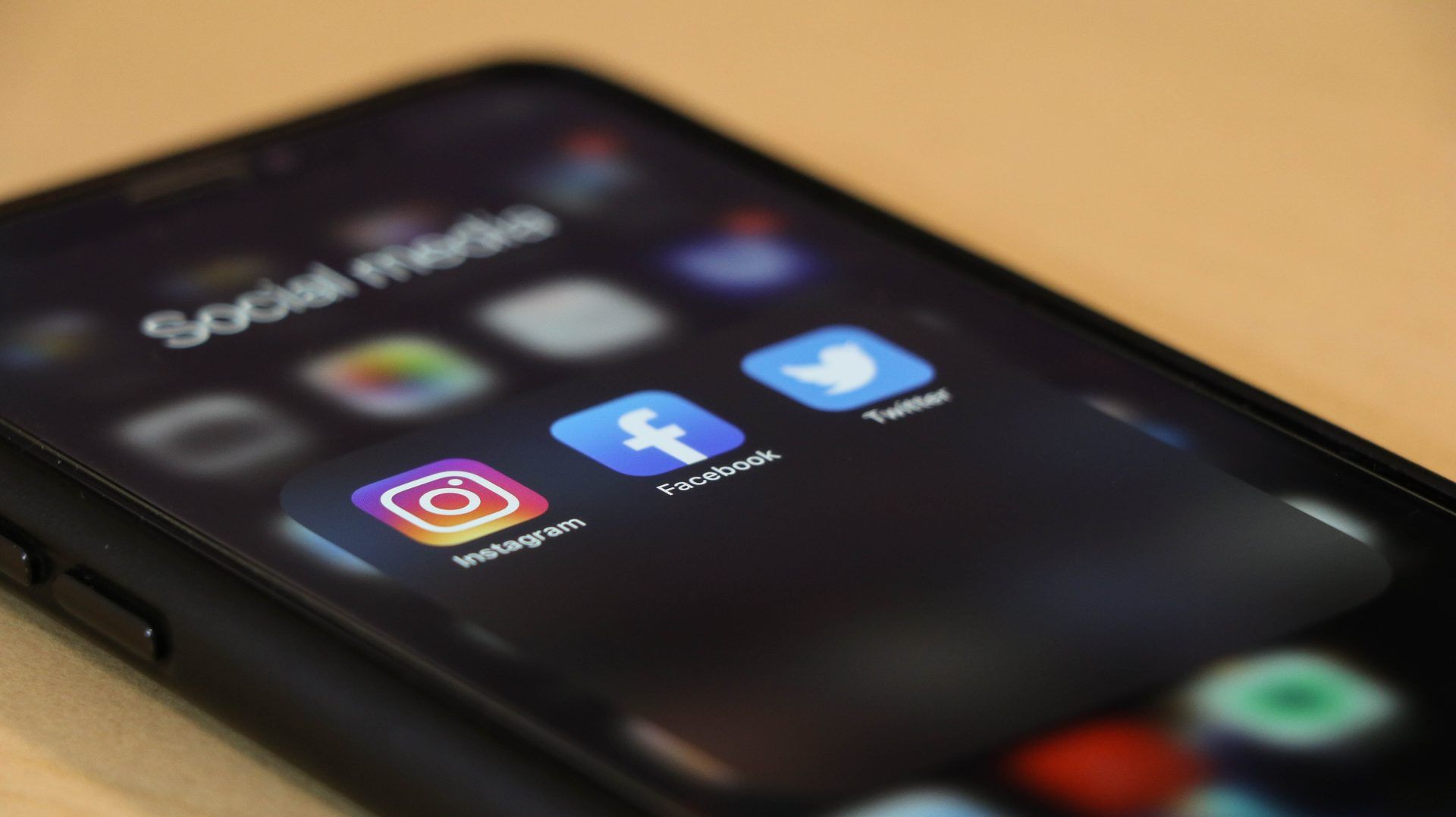Do you hear the term “Barbenheimer” a lot these days? There are times in the ever-changing film business that completely transform the processes of film production, distribution, and reception. July 21, 2023, marked one such milestone, with the emergence of an Internet phenomenon known as “Barbenheimer.” This viral sensation revolved around two films with seemingly opposite genres and themes – “Barbie” and “Oppenheimer” – both set to hit theaters simultaneously. As the amalgamation of these titles suggests, the trend captured the attention of millions, showcasing the powerful impact of social media on shaping the film industry’s future.
The term “Barbenheimer” was coined by online fandoms, who quickly embraced the dual theatrical release of the two movies. Through hashtags, memes, and creative fan-made content, social media became the driving force behind the success of this cinematic experiment. The interplay between die-hard fans, curious cinephiles, and casual moviegoers led to an unprecedented buzz, leading to an influx of bookings across theaters worldwide.
https://twitter.com/stevereevesart/status/1678808000566530048
AMC Theaters, one of the largest cinema chains, exemplified the tangible influence of social media on this unique event. More than 20,000 of their AMC Stubs members proudly proclaimed their intent to witness both films on the same day. The phenomenon sparked conversations and debates that extended far beyond cinema seats, permeating various online platforms, news outlets, and even academic discussions.
But what exactly were the implications of Barbenheimer, and how did social media facilitate this groundbreaking marketing success? As industry experts delve into the matter, several key factors come to light. The intertwining of social media and film promotion has proven to be a potent force, capable of not only generating hype but also shaping the narrative surrounding these movies.
Through interactive campaigns, directors, producers, and studios harnessed the power of user-generated content, turning fans into enthusiastic brand ambassadors. As audiences shared their anticipation, speculations, and personal connections to both Barbie and Oppenheimer, the films acquired a life of their own, transforming into cultural touchstones even before their official release.
Additionally, the ease of communication on platforms like Twitter, Instagram, and YouTube facilitated instant feedback loops. Filmmakers could gauge public sentiment and adjust their marketing strategies accordingly, creating a symbiotic relationship with their audience. The barrier between creators and consumers blurred, opening up new possibilities for more inclusive storytelling.
As we explore the realm of Barbenheimer and social media’s impact on the film industry, this blog post will delve into the underlying mechanisms that made this viral event possible. From the role of online fandoms in shaping modern cinema to the influence of social media in constructing movie identities, we aim to provide an expert analysis of the convergence between art, marketing, and the digital age.
What is Barbenheimer?
Barbenheimer is a portmanteau of the words “Barbie” and “Oppenheimer,” two major summer blockbusters that are set to be released on the same weekend, July 21, 2023. Fans first argued about whether the film was better and which one they would watch, but then wondered, “Why not both?” As a result, the name “Barbenheimer” was coined, and viewers promised to sit through both films in their entirety on the same day. Fans even created a trailer for it!
The popularity of the fad on the internet has helped make it a marketing success. For instance, AMC Theatres stated that more than 20,000 of its AMC Stubs members had purchased tickets to see both films on the same day. Barbenheimer became so popular that even merchants began to be made about it. When you go to a movie right now, you’re more likely to see one of these than just the Oppenheimer t-shirt.
my tshirt arrived pic.twitter.com/U5UHZpGfSc
— laila🌿 (@falconsnat) June 29, 2023
Here are some of the reasons why Barbenheimer is trending:
- The two films are both major blockbusters that are set to be released on the same weekend.
- The films are very different from each other, which has created a lot of anticipation and debate about which film will be more successful.
- The term Barbenheimer is catchy and easy to remember, which has helped it to spread quickly on social media.
- The dating trend that has been dubbed “Barbenheimer” is also generating a lot of buzz.
It will be interesting to see how Barbenheimer plays out in the coming weeks and months. Will it become a box office success? Will it become a lasting cultural phenomenon? Only time will tell.
Actors also love the idea of “Barbenheimer”
Actors from both “Oppenheimer” and “Barbie” seem enthusiastic about the idea; in fact, “Barbie” star Margot Robbie has already planned out her ideal “Barbenheimer” weekend.
At Wednesday’s London premiere of her film, Robbie said, “It’s a perfect double bill.” In my opinion, “I think actually start your day with ‘Barbie,’ then go straight into ‘Oppenheimer’ and then a ‘Barbie’ chaser.”

Ryan Gosling, who plays Ken in “Barbie,” agreed, stating he would first watch “Barbie,” then “‘Oppenheimer’ for lunch,” and then “Barbie” again.
Cillian Murphy, who plays the protagonist in “Oppenheimer,” told IGN that he “100 percent” intended to see “Barbie” and that Barbenheimer was “just great for the industry and for audiences … you can spend the whole day in the cinema. What’s better than that?”
they should be friends#Barbie #Oppenheimer #Barbenheimer pic.twitter.com/8ww7WKXGxm
— Z ⛓️ listen to Jigquad Pod (@thelilnan) July 9, 2023
Social media’s effect on the film industry and marketing
Barbenheimer is just the latest example of social media’s effect on the film industry and marketing. Social media has revolutionized the film industry and transformed how movies are marketed and experienced. Here are some key ways in which social media has had a profound effect on the film industry and its marketing strategies:
- Audience engagement and interaction: Social media platforms provide an unprecedented opportunity for filmmakers and studios to engage directly with their audience. Through official accounts, hashtags, and live Q&A sessions, filmmakers can interact with fans, respond to questions, and build a sense of community. This engagement fosters a deeper emotional connection between the audience and the film, driving anticipation and word-of-mouth marketing.
- Viral marketing and fandom culture: Social media thrives on viral content, and films with dedicated fan bases can leverage this phenomenon to their advantage. Fandoms play a crucial role in generating buzz around movies, with fan art, fan theories, and fan fiction becoming significant drivers of online conversations. Studios recognize the value of these fan-driven initiatives, often incorporating fan-generated content into official marketing campaigns to amplify the movie’s reach.
- Real-time feedback and data analytics: Social media platforms offer filmmakers and marketing teams real-time feedback on trailers, teasers, and other promotional materials. By monitoring audience reactions, sentiment, and engagement metrics, studios can fine-tune their marketing strategies or even make changes to a film’s direction before its release. Data-driven insights from social media help studios identify trends, target specific demographics, and understand audience preferences better.
- Influencer marketing and collaborations: Influencers and content creators on social media have massive followings and can sway opinions. The film industry increasingly collaborates with influencers to create promotional content or host exclusive events, tapping into their reach and credibility. Influencer partnerships offer a way to access niche audiences, generating interest and excitement among groups that might not typically engage with traditional marketing channels.
- Extended storytelling and transmedia campaigns: Social media allows filmmakers to extend storytelling beyond the confines of the movie screen. They can create transmedia campaigns that incorporate interactive elements, alternate reality games, and online puzzles, enriching the movie’s universe and keeping audiences engaged long after the film’s release. This approach transforms the film into a multi-platform experience, enticing fans to explore the narrative across different media channels.
- Global reach and instantaneous impact: Social media transcends geographical boundaries, enabling movies to reach a global audience instantly. The speed and efficiency of social media allow filmmakers to orchestrate coordinated global releases and capitalize on trending topics to amplify the film’s presence worldwide. It also facilitates discussions and reactions across diverse cultures, giving rise to a broader exchange of ideas and perspectives.
- Crowdsourced marketing and user-generated content: Audiences have become active participants in film marketing through user-generated content (UGC). Fans create memes, trailers, and promotional videos, sharing them across social media platforms, effectively becoming co-creators of the movie’s marketing campaign. This organic sharing enhances the film’s visibility, authenticity, and credibility.

How AI and big data analytics are changing influencer marketing
In conclusion, social media’s effect on the film industry and marketing has been transformative. It has empowered audiences, broken down barriers between filmmakers and fans, and opened up new avenues for creativity and engagement. As social media platforms continue to evolve, the film industry must adapt and harness the power of these digital tools to stay connected with audiences and drive success in an ever-competitive landscape.
Featured image credit: DiscussingFilm





